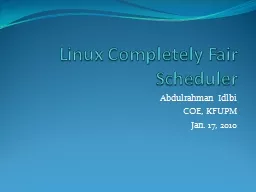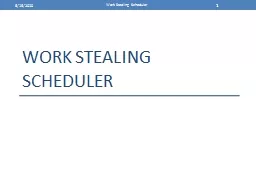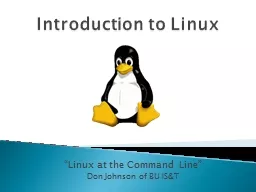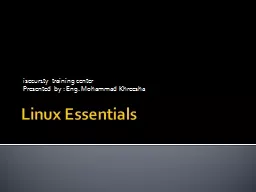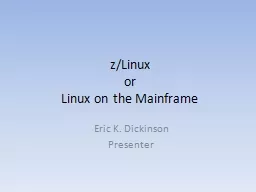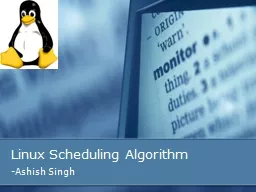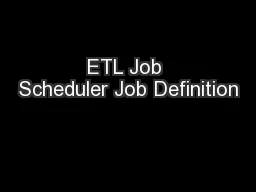PPT-Linux Completely Fair Scheduler
Author : lois-ondreau | Published Date : 2015-11-11
Abdulrahman Idlbi COE KFUPM Jan 17 2010 Past Schedulers 12 amp 22 12 circular queue with roundrobin policy Simple and minimal Not focused on massive architectures
Presentation Embed Code
Download Presentation
Download Presentation The PPT/PDF document "Linux Completely Fair Scheduler" is the property of its rightful owner. Permission is granted to download and print the materials on this website for personal, non-commercial use only, and to display it on your personal computer provided you do not modify the materials and that you retain all copyright notices contained in the materials. By downloading content from our website, you accept the terms of this agreement.
Linux Completely Fair Scheduler: Transcript
Download Rules Of Document
"Linux Completely Fair Scheduler"The content belongs to its owner. You may download and print it for personal use, without modification, and keep all copyright notices. By downloading, you agree to these terms.
Related Documents

